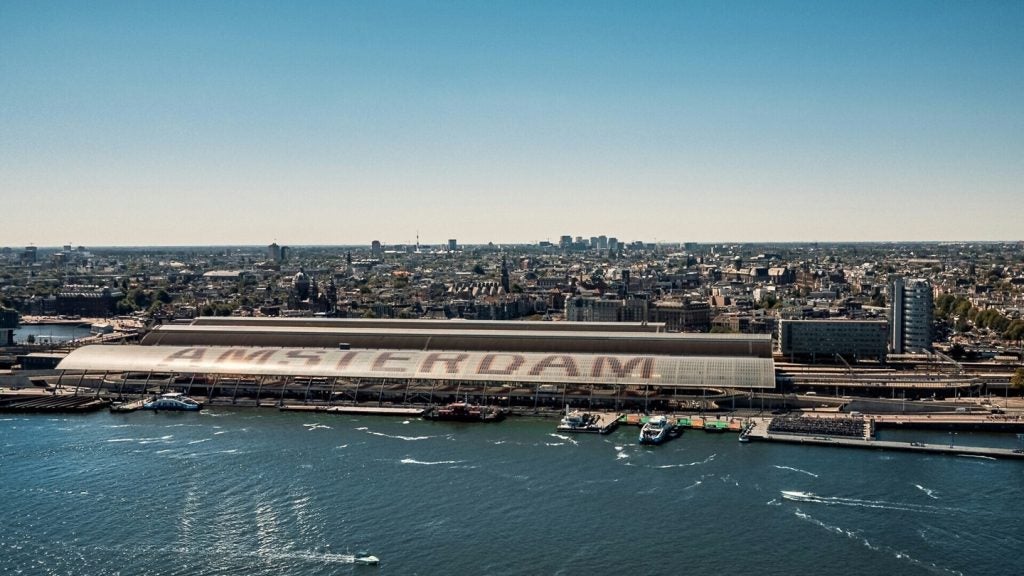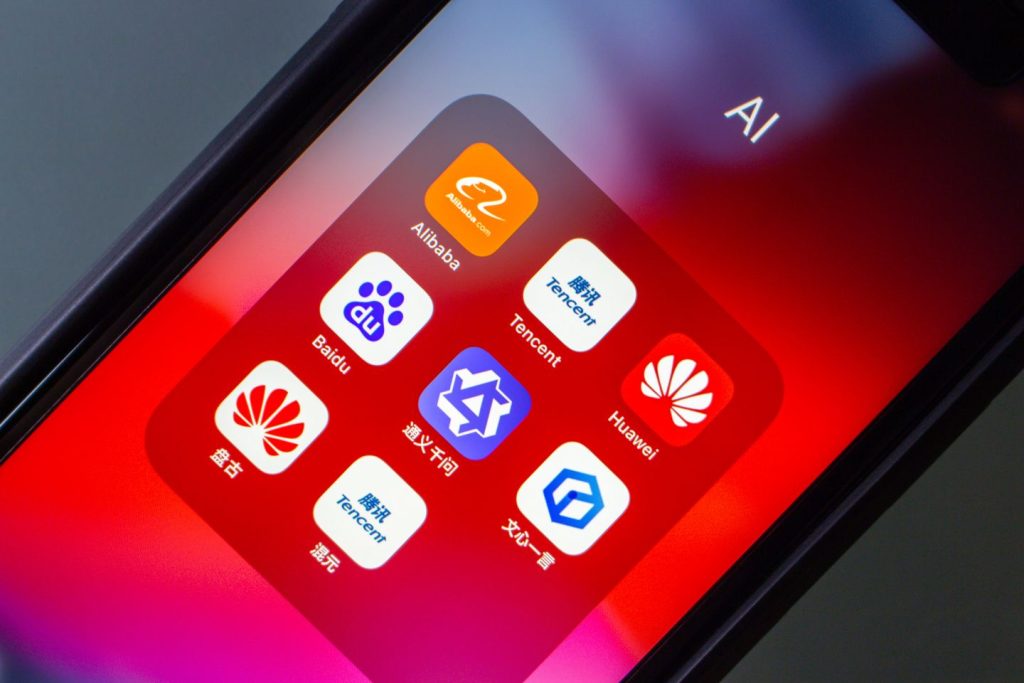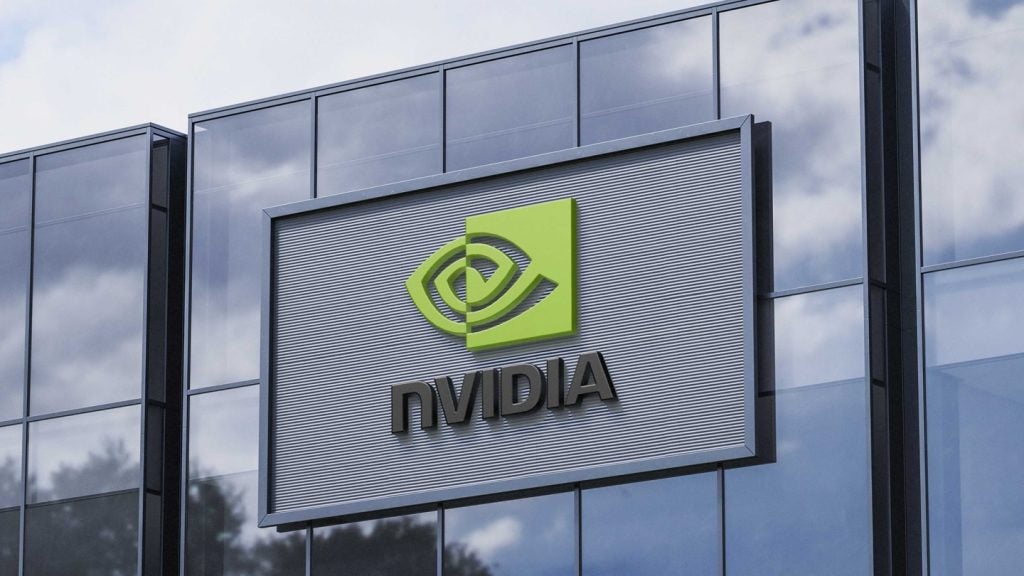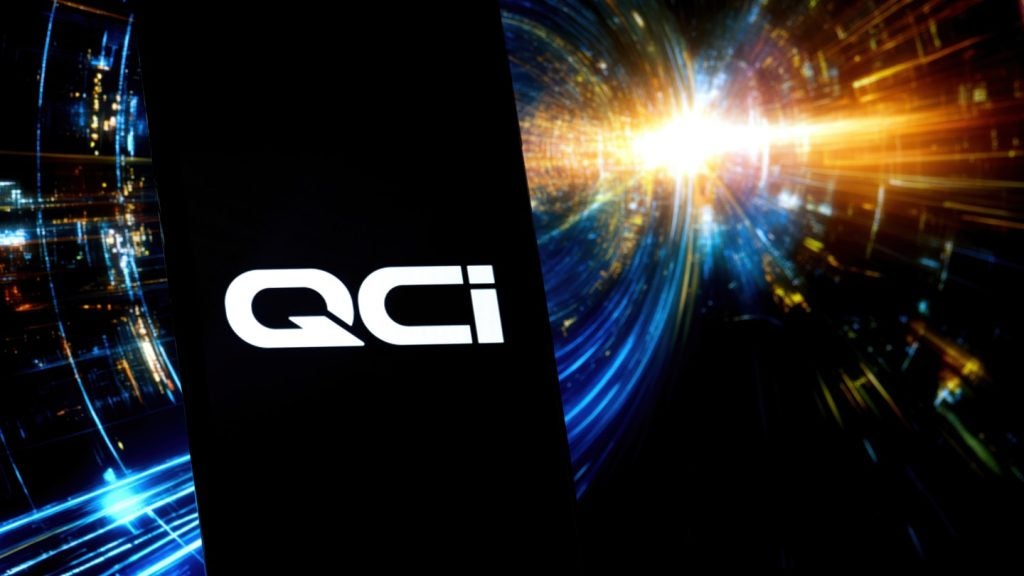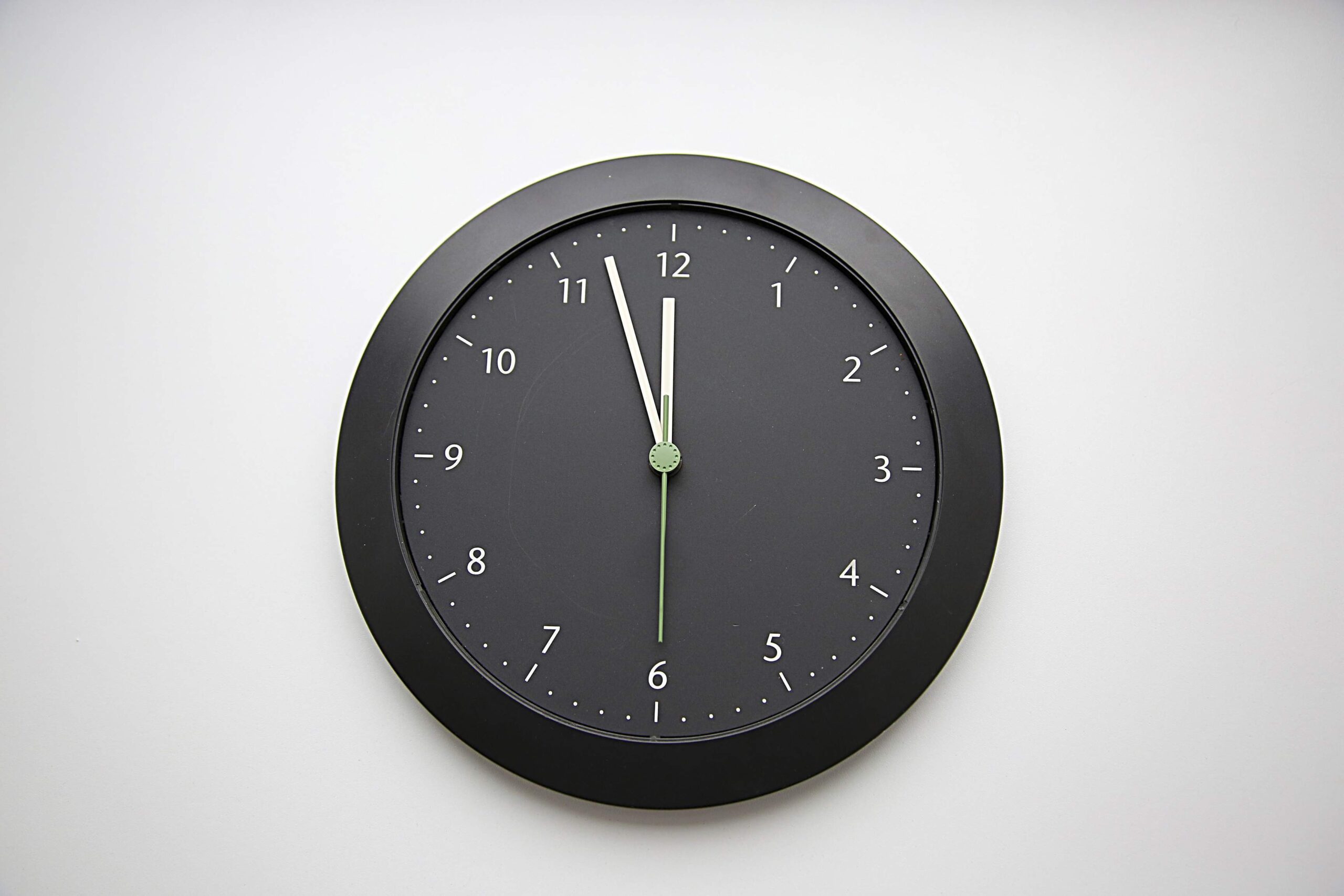
It’s almost that time of year again when the Doomsday Clock warns us about the increasing threats to humanity.
Last year, the arrival of US president Donald Trump and escalating concerns over a nuclear war with North Korea pushed the clock the closest to midnight it has been since 1953.

Access deeper industry intelligence
Experience unmatched clarity with a single platform that combines unique data, AI, and human expertise.
The 2018 reading for the clock will be revealed on 25 January at 3pm London time or 10am on the US east coast. Here’s what you need to know all about the famous clock.
What is the Doomsday Clock?
The Doomsday Clock was first created in 1947. The organisation that oversees the clock is the Bulletin of the Atomic Scientists. This is a magazine created by scientists, engineers and experts who worked on the US Manhattan Project, which created the first atomic bomb.
It is a symbolic clock that signals the impending crisis of nuclear weapons and other threats to humanity. According to The Bulletin’s website:
“The Clock has become a universally recognised indicator of the world’s vulnerability to catastrophe from nuclear weapons, climate change and emerging technologies in the life sciences.”
 GlobalData Strategic Intelligence
GlobalData Strategic IntelligenceUS Tariffs are shifting - will you react or anticipate?
Don’t let policy changes catch you off guard. Stay proactive with real-time data and expert analysis.
By GlobalData
It was chosen to be a clock for two reasons: the symbolism of midnight, which evokes imagery of the apocalypse, as well as the idiom of a nuclear explosion – that is the countdown to zero.
Who decides on the clock’s timing?
The Bulletin’s science and security board weighs up the threats to humanity every year and decides what the time should be. The board then consults with the publication’s board of sponsors, which includes 15 Nobel laureates.
What times has the Doomsday Clock displayed?
When the clock was first launched in 1947, it was pointing seven minutes to midnight. This time was chosen because it symbolised the urgency of the nuclear dangers that the scientific community was trying to convey to the world.
The closest the clock has been to midnight was in 1953, when it was at two minutes to midnight. This was following the US decision to pursue the hydrogen bomb, closely followed by Soviet Russia testing its own H-bomb.
The Bulletin said at the time:
The hands of the Clock of Doom have moved again. Only a few more swings of the pendulum, and, from Moscow to Chicago, atomic explosions will strike midnight for Western civilisation.
The furthest away from midnight the clock has been was back in 1991.
This decision, made at the end of the Cold War, was when the two superpowers, Russia and the US, began reducing their respective nuclear arsenals.
The Bulletin said:
“The clock is in a new region because we feel the world has entered a new era.”
How are decisions made about the Doomsday Clock?
Nuclear threats are the top priority when it comes to making decisions about the clock’s new timing. For instance, the total number of nuclear warheads, as well as the types of materials, such as uranium or plutonium, is all taken into account.
In addition, climate change is also high on the agenda. The board takes into account the rising sea levels, amounts of carbon dioxide in the atmosphere, and what the global temperature is.
Finally, emerging technologies also feature in the criteria. Topics such as the growth in artificial intelligence (AI) and cyber threats affect the clock’s position.
What time is it on the Doomsday Clock at the moment?
Update, 25 January 2018: The time of the Doomsday Clock has moved 30 seconds closer to catastrophe and now stands at two minutes to midnight. President of the Bulletin of Atomic Scientists Rachel Bronson cited “the failure of President Trump and other world leaders to deal with looming threats of nuclear war and climate change” as factors contributing to the move.
Last year’s reading of the clock moved it to two and a half minutes to midnight. This was related to the arrival of Donald Trump. In particular, there’s the stand-off between Russia and the US. This is concerning because the two countries own more than 90 percent of the world’s nuclear weapons
The board said:
“This year, events surrounding the US presidential campaign – including cyber offensives and deception campaigns apparently directed by the Russian government and aimed at disrupting the US election – have brought American democracy and Russian intentions into question and thereby made the world more dangerous than was the case a year ago.”
What will the Doomsday Clock say in 2018?
Last year was pretty bad in terms of the growing threat of nuclear weapons. North Korea’s Kim Jong UN has stepped up the number of missile tests the country has been carrying out, which is sure to rock the clock.
In addition, Trump is regularly sparring with North Korea on Twitter. One highlight includes the US president proclaiming that his nuclear button is “much bigger & more powerful”, than Kim’s.
What about the threat of climate change? This year there has been some good news as the ozone layer appears to be repairing itself.
However, coral reef bleaching is rife and only getting worse due to a rise in sea temperatures. In addition, at last year’s United Nation’s Framework Convention on Climate Change, it was revealed that the emissions gap is worse than previously expected and big companies aren’t doing enough to change it.
On the whole, things aren’t looking good for climate change.
Then there’s AI and cyber threats. Last year saw renewed calls for autonomous weapons, or killer robots, to be banned before they become more widespread. As well, cyber threats reached an unprecedented level with some of the biggest global malware attacks, NotPetya and WannaCry, taking place ever in 2017.



